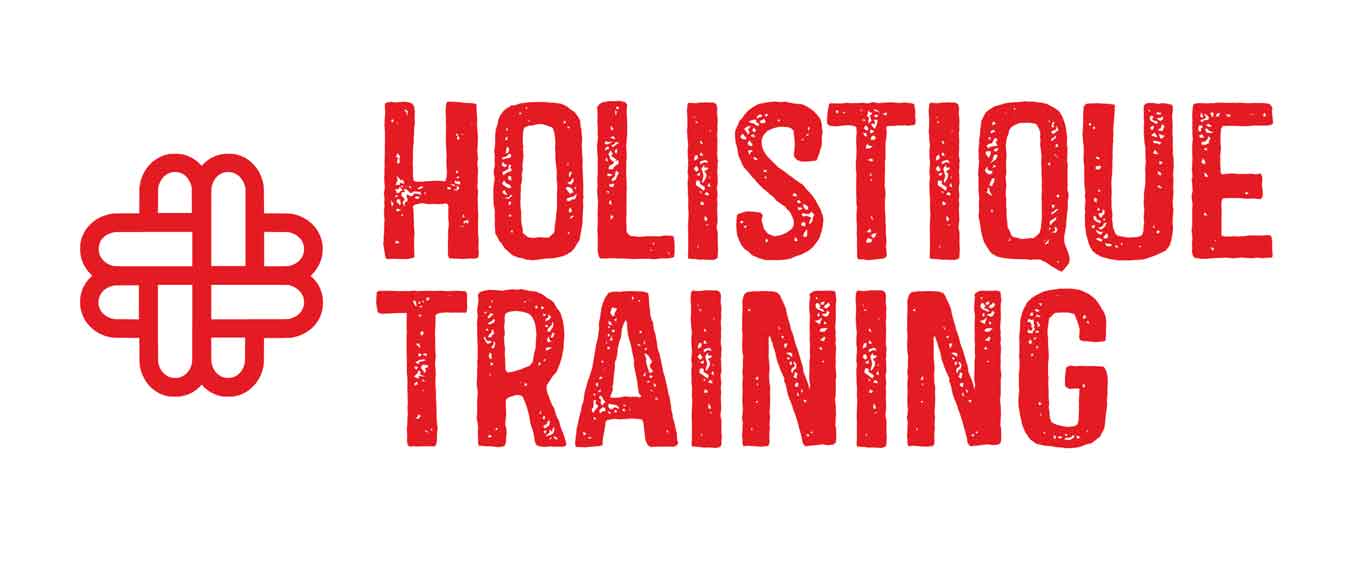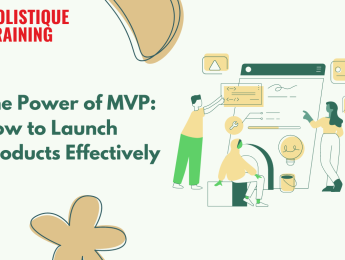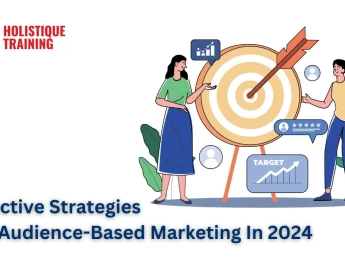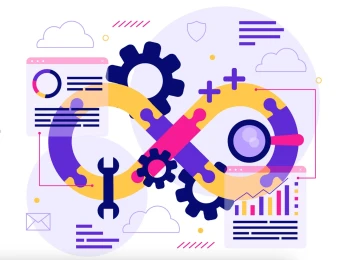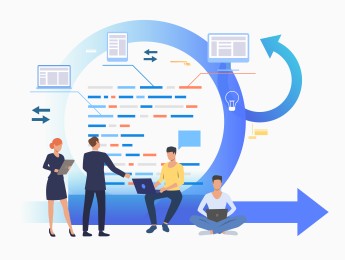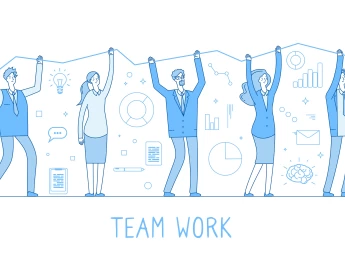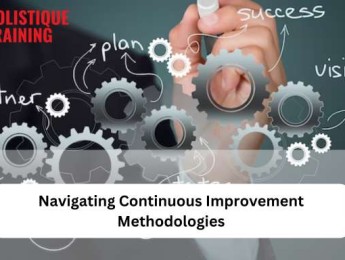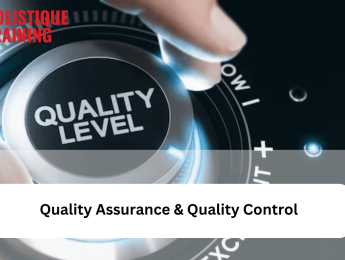- Table of Contents
- Introduction
Introduction
Sales has always been about understanding people, building trust and finding the right moment to close a deal. But today sales teams need more than charm and experience. They need tools that help them work smarter, not harder. This is where Artificial Intelligence comes in.
AI is no longer just a buzzword. It’s changing how sales teams talk to clients, write proposals and follow up after meetings. Instead of wasting hours guessing what might work, sales professionals can now rely on data and smart tools to get guidance in their journey.
In this article we will explore how AI helps in three main areas: pitches, proposals and follow-ups. We’ll also cover how to keep your content natural and original while using these tools.
Why Are Sales Teams Using AI?
The old way of sales was cold calls, generic presentations and a lot of trial and error. While these methods still exist, they are not enough on their own.
Buyers are more informed now; they research products, compare prices and check reviews before making a decision.
This means sales reps have to bring more value to every conversation. AI helps by giving insights into customer behavior, spotting patterns and even suggesting the best time to contact someone. Instead of working blind, sales teams can now act with clear direction.
AI in Pitches: Every Word Counts
The first impression is the pitch. A good pitch grabs attention, builds curiosity and shows how your product solves a real problem. But let’s be honest, not all salespeople are natural storytellers.
This is where AI writing tools come in. They can help create clear and catchy lines, highlight key product benefits and adjust tone for different audiences.
For example if you’re pitching to a tech company AI can suggest using simple but precise terms. If your audience is more casual the same pitch can be written in a friendly and relaxed way.
Another benefit is personalization. AI can quickly analyze customer data and prepare a pitch that feels tailored. Instead of saying “Our tool saves time” you might say “Our tool helps finance teams cut reporting time by 40%”. That kind of detail shows you understand the customer’s needs.
One of the risks is that AI text can sound robotic. To fix this many sales teams use anAI text humanizer to make the pitch sound human and more convincing.
AI in Proposals: Quick, Clever, More Competent
Next to the pitch comes the proposal. This is the written record that spells out solutions, price, and terms. A good proposal is clear, readable, and compelling. But it requires time and effort to put one together, particularly if you have multiple clients to serve simultaneously.
AI can accelerate the process. Using templates, data, and intelligent suggestions, sales teams can design detailed proposals in a matter of minutes. No longer do they have to start from scratch every time. AI can bring in the relevant details, offer customer-specific information, and even suggest sections to add.
For instance, if you are making a proposal to a healthcare firm, the AI tool can emphasize compliance functionalities, data protection, and patient care advantages. If the proposal is for a startup firm, the attention can be about saving costs and being more adaptable.
Another benefit is precision. Human proposals occasionally contain mistakes, such as incorrect names or obsolete prices. AI minimizes these errors through cross-checking of information. This gives your proposals a more professional and credible look.
And again, it's not all about being fast. Proposals can be adjusted for tone and style through AI tools.
This is where originality check tools are also useful. To ensure that one does not send something too bland or plagiarized, most teams today pass their content through anAI plagiarism remover prior to sending. This is a smart way of ensuring that the proposal remains fresh and unique for each client.
AI in Follow-Ups: Connecting Without Irritating Clients
Follow-ups are a delicate aspect of sales. Send too many, and you appear pushy. Send too few, and you may lose the sale. Timing and tone are everything.
AI applications can assist by monitoring when a client opens an email, clicked on a link, or reads a document. From these indicators, the system identifies the appropriate time to follow up.
AI can also assist in writing follow-up emails that feel personal.
A dull, "Just checking in," is replaced by the tool with, "Hello Sir, I see you looked at our pricing page. Do you have questions I can answer?" It feels more authentic and relevant.
Another smart application of AI is customer history management. All notes in meetings, emails, and interactions can be warehoused and examined. So the next time you converse with the client, you don't need to begin from scratch. You already know what's most important to them.
Keeping It Human: The Balance Between AI and People
While AI is powerful, it should not replace the human touch. People still want to deal with real humans, not just machines. The role of AI is to make the process easier, faster, and smarter not to remove the human side of sales.
A sales rep's talent for listening, empathizing, and being responsive remains the secret to making the sale. AI merely provides them with more effective means of doing it.
Use it as a partner, not a substitute.
For instance:
- AI may generate a follow-up, but the rep needs to include a personal touch.
- AI may generate a pitch, but the rep must know how to present it with confidence.
- AI may be able to offer timing suggestions, but only humans can read the client's mood.
Conclusion
Sales are evolving, and it is AI that is driving this change. From pitches through to proposals, and then to follow-ups, AI assists sales teams in saving time, eliminating errors, and engaging better with customers.
However note that the success depends on using these tools effectively while keeping the human touch alive.
Smart sales techniques today are not simply about selling more. They are about selling with respect for the client's time, resolving authentic issues, and establishing enduring trust. Having AI as your assistant, your sales journey could be both efficient and human at the same time.
